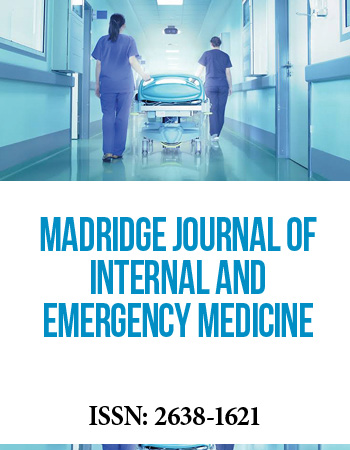International Translational and Regenerative Medicine Conference
April 25-27, 2018 | Rome, Italy
Coding Potential of Physiological and Pathogenic Short Upstream Open Reading Frames
Department of Chemistry & Biochemistry and Vitalite Health Network, University of Moncton, Georges L-Dumont University Hospital Center, Canada
Upstream translation initiation sites (uAUGs) and open reading frames (uORFs) are post transcriptional regulatory elements found in eukaryotic species, including fungi, plants and mammals. Functional uAUGs initiate translation within the 5 untranslated region (5ʼ UTR), and block a fraction of ribosomes to access the downstream cAUG of the coding region (CDS). Thus, they partially repress translation of the CDS to ensure CDS-encoded proteins do not exceed optimal levels. In addition to their role as translational repressors, some uAUGs initiate translation of short peptides (micropeptides).Innovations in computing, transcriptomics and proteomics have uncovered several uORF-encoded micropeptides. Many of these micropeptides exhibit significant selective constraint in their sequence, suggesting their functional relevance. Indeed, fora few uORF-micropeptides the cellular localization and specific cis- or trans -mediated roleshave been identified, that are different from the role of the downstream CDS-encoded protein. Upstream AUGs/uORFs can be either physiological orintroduced by single nucleotide polymorphisms (SNP) associated with human diseases. While translation of micropeptides from physiological uORFs has been well demonstrated, only three studies have examined translation of microproteins from SNP-introduced uORFs. Overall, the biological relevance of SNP introduced uORFs has been neglected. Lack of knowledge of the biological relevance of SNP introduced uATGs/uORFs-micropeptides prevents the development of related therapeutics.
Biography:
Dr. Armata is a molecular and cellular neuroscientist, who specializes in dystonia, a heterogenic group of debilitating neurological disorders, affecting both children and adults. Her training and expertise is in the fields of gene expression, transcription factors, functional non-coding mutations, assay development for drug high throughput screenings, and the CRISPR/Cas9 system. She obtained her Ph.D. in Neuroscience at Mount Sinai School of Medicine (2008), followed by a postdoctoral fellowship (2008-2012) at Massachusetts General Hospital and Harvard Medical School, and followed by a Research Faculty I appointment at Florida State University (2013-2016). She is currently a senior Research Fellow at the University of Moncton (Canada) studying translational therapeutics for dystonia syndromes and myotonic dystrophy 1. She has recently got an affiliation with the hospital Dr. Georges-L.-Dumont University Hospital Center, Canada.


